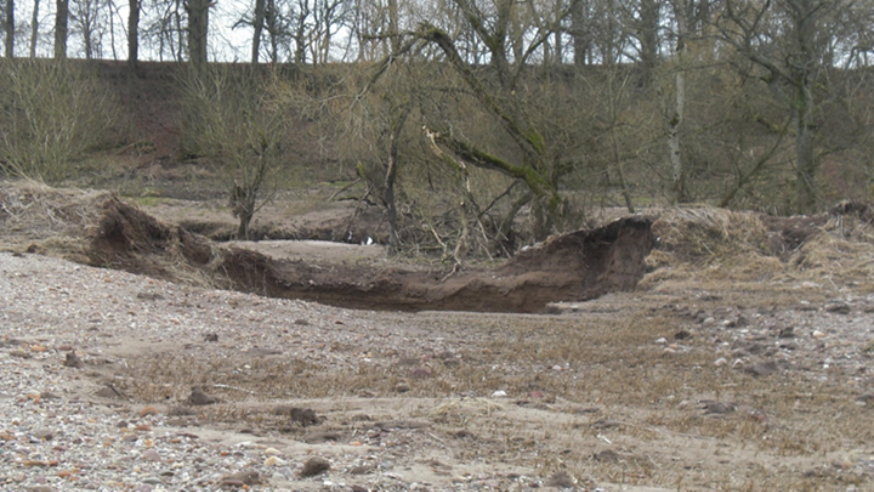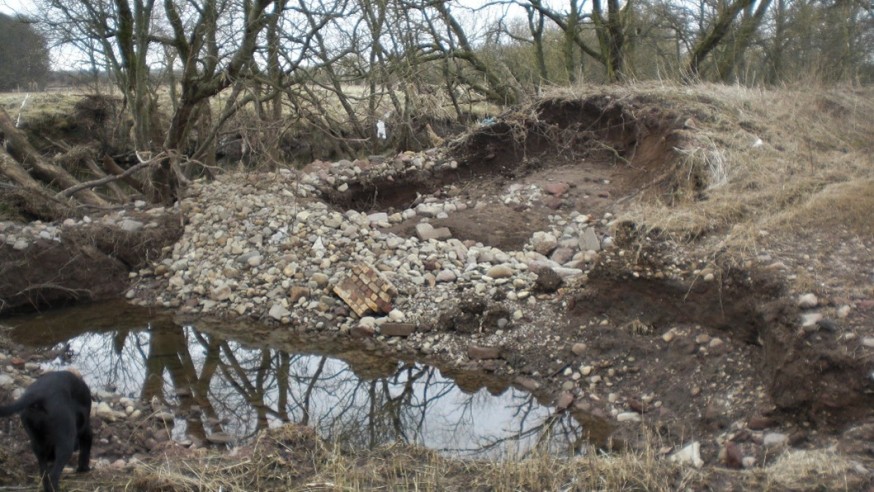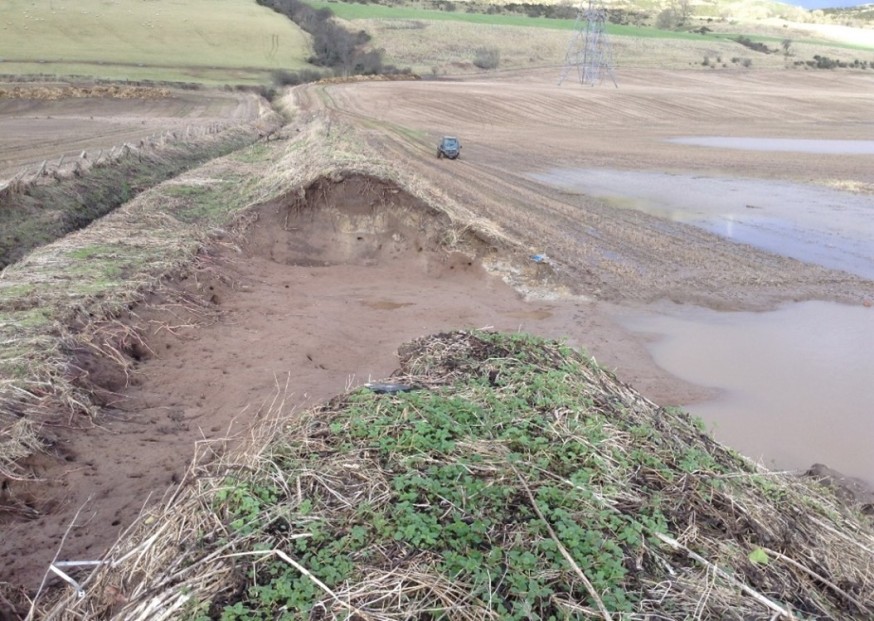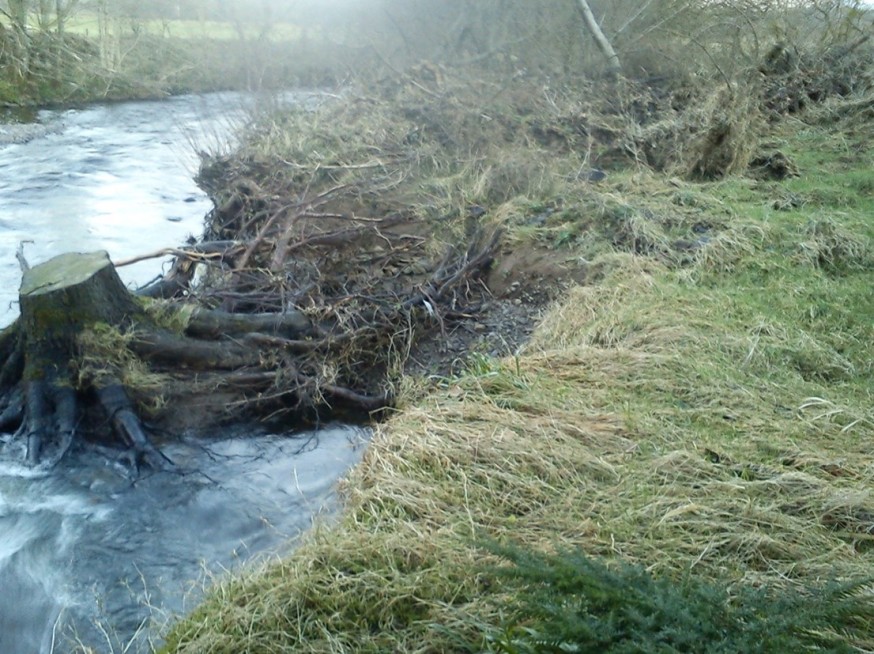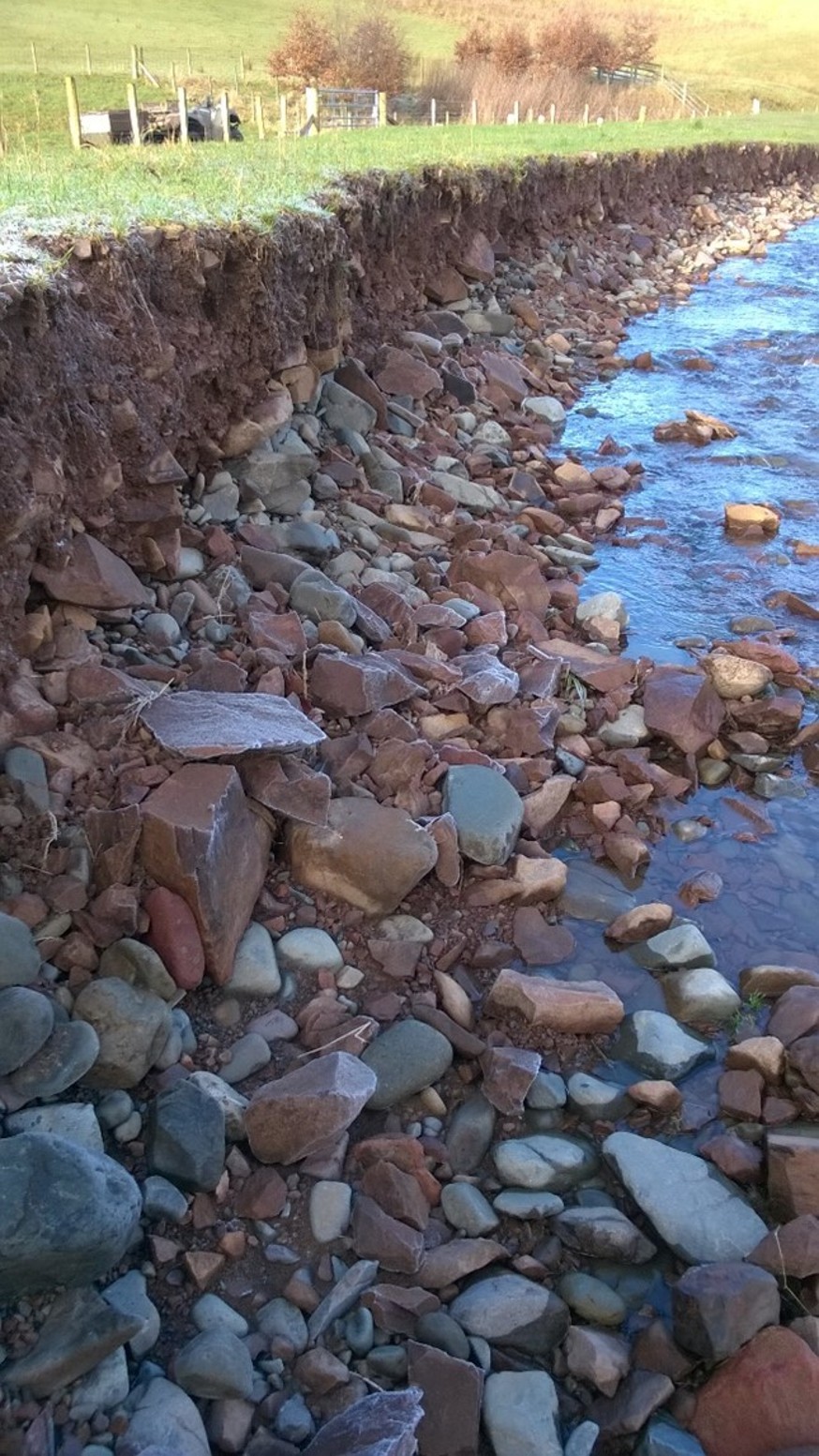Agricultural Floodbank Repair Grant Scheme
Date published: 29 November, 2023
For recent changes to this guidance, please see the bottom of the page.
Apply now for the Agricultural Floodbank Repair Scheme by filling in the application form.
Table of Contents
- What is the Agricultural Floodbank Repair Grant Scheme?
- Legal base
- World Trade Organisation (WTO) Agreement on Agriculture Classification
- Who can apply?
- How to apply
- When to apply
- What farmers can apply for
- Information to include with an application
- Filling in the application form
- Regulations and consents
- Health and safety
- Commencing repairs
- Claiming funding
- Inspections
- Further information
- Annex A: Examples of eligible damaged floodbanks
- Annex B: Examples of ineligible damaged floodbanks
- Previous versions
What is the Agricultural Floodbank Repair Grant Scheme?
The Agricultural Floodbank Repair Scheme 2023 provides funding to farmers to help repair existing man-made floodbanks (embankments and bunds) damaged by flooding during the Autumn of 2023. The scheme does not support repair to river banks. Examples of eligible and ineligible damage is shown in the Annexes of this guidance.
Grants will be awarded up to a maximum of £30,000 per farm business/Business Reference Number (BRN). However, this may require to be adjusted downwards depending on the number and value of applications received for the scheme.
Legal base
The legal base for the Agricultural Floodbank Repair Scheme 2023 is The Small Landholders (Scotland) Act 1911, sections 4 and 6.
World Trade Organisation (WTO) Agreement on Agriculture Classification
The EU State aid rules, which were developed and adopted to support the EU ‘Single Market’, no longer apply to subsidies granted in the UK.
All agricultural subsidies now fall under the WTO Agreement on Agriculture (AoA) rules and follow a notification process co-ordinated by the UK Co-ordinating Body.
Under WTO, agricultural subsidies are identified by “boxes”.
- Green box measures are seen as not trade distorting and not subject to any limits.
- Blue box cover production limiting schemes and are not subject to any limits.
- Amber box measures are those that are judged to have a distorting effect on trade and are subject to reduction commitments.
The Agricultural Floodbank Repair Scheme is classified as a Green box measure under the WTO Agreement on Agriculture (AoA).
Funding provided through this scheme is classed as Minimal Financial Assistance, which is a type of subsidy control exemption and is defined in Chapter 2 of Part 3 of the UK Subsidy Control Act 2022, that allows small amounts of funding up to a financial threshold of £315,000 to be awarded to businesses within a three year period.
Who can apply?
Farmers whose man-made floodbanks were damaged by flooding during the Autumn of 2023 in the following Local Authority Areas are eligible to apply:
| Aberdeen | City of Aberdeen | Perth and Kinross |
| Angus | Fife | Moray |
| Parts of Highland (Speyside) |
How to apply
Farmers should fill in the application form to tell SGRPID the size and location of the damaged floodbank that they wish to apply for funding to repair.
Farmers should email their completed form (along with supporting evidence) to afrs@gov.scot as soon as possible and no later than the 15 January 2024. This will help SGRPID to process the application more quickly. We will not be able to accept forms received after this date.
You must also send a signed paper copy to:
Agricultural Floodbank Team
SGRPID
Strathearn House
Broxden Business Park
Lamberkine Drive
Perth
PH1 1RX
Only one application and claim is allowed per business/Business Reference Number (BRN) that has had a man-made floodbank damaged in the affected areas, during the Autumn of 2023.
When to apply
The scheme opens for applications on 5 December 2023 and closes to applications at midnight on 15 January 2024.
What farmers can apply for
The scheme covers the cost of repairing man-made floodbanks on farms affected by flooding during the Autumn of 2023.
The scheme uses standard costs per linear metre of floodbank repaired. There are three rates depending on the height of the floodbank. The standard costs have been calculated using an independently verified methodology.
The standard rates that can be applied for are:
| Height | Rate for repair |
|---|---|
| Less than two metres (<2 metres) | £200 per linear metre |
| Greater than two metres but less than three metres (>2 metres and <3 metres) | £460 per linear metre |
| Greater than three metres (>3 metres) | £825 per linear metre |
Please note: The height of the floodbank repair should be measured from the top of the riverbank to the top of the floodbank.
Information to include with an application
Farmers must provide the following information with their application:
- Location Code (Farm Code) where the floodbank is
- Land Parcel Identifier (LPID) where the floodbank is
- Photographs showing the breach
- Length and height of floodbank to be repaired
Filling in the application form
Please complete all the required and relevant sections of the form.
Farmers must provide the information and complete the relevant sections of the form in full - otherwise it may delay the processing of the application.
If more help is required, please call 0300 244 5400 or email afrs@gov.scot
The electronic application form is not an online application, it is a form that can be downloaded and saved to your computer and once completed can be emailed to afrs@gov.scot along with the necessary supporting information.
Click on each of the entry boxes on the form and type the information in. It is possible to go back to the box and change the selection if necessary. Finally, ensure the ‘Declaration’ is signed – when the form is being returned by email you should type in the name of the person completing the application.
An actual signed hard copy version is also required, to be sent to:
The Agricultural Floodbank Team,
SGRPID,
Strathearn House,
Broxden Business Park,
Lamberkine Drive,
Perth,
PH1 1RX.
Paper copies of the form are available from all local SGRPID Area Offices.
Regulations and consents
As far as is reasonably practicable, floodbanks must be reconstructed on a “like for like” basis. Therefore, formal approval under the Controlled Activities Regulations (CAR) 2011, and contact with SEPA, should not be required in most cases.
Please see the ‘SEPA advice’ section below for further details. Planning consent is unlikely to be required for the work eligible under this scheme. However, in all cases, the applicant will be responsible for consulting with all interested parties and for obtaining whichever consents are required.
SEPA advice
- SEPA does not require authorisation for works which are located further away than 10 meters or 2 channel width (whichever is shorter) of the top of the bank
- For works closer than the above to the bank top, SEPA only requires authorisation for like-for-like repair of greater than 50 percent of existing flood embankments
- The repaired structure should be as close as reasonably possible to the footprint of the pre-damaged structure.
- There is flexibility over the materials that should be used, but there should not be a significant change to the structure and material (e.g. it should not be a grassed bund being replaced with rock armour).
- You can use inert material from your farm (soil, stones, rubble) or quarry products bought in for the repair. You cannot use old machinery, scrap, or tyres. Waste materials (e.g. demolition rubble, material excavated from a building site) brought in from off the farm may require authorisation and you should contact SEPA for advice before using.
- Material from the river bed should not be used.
- Working in the river should be avoided. If it is necessary to work in the river contact your local SEPA office for advice.
- Consider the pollution risks to the river when carrying out the works. This includes discolouration from sediment and soil. Take the necessary steps to prevent pollution.
- If there is doubt over any of these points, then contact your local SEPA office for advice and assistance.
NatureScot Advice
- Where a SSSI is impacted the land manager will need to consult NatureScot for operations requiring consent. You should use SITELINK to find out more about designated sites on your land.
- Where a European Protected Species such as beavers, will be impacted by the works, the land manager must contact licensing team at NatureScot by emailing licensing@nature.scot. Further information on European protected species licensing.
- While not a regulatory or legal requirement, it may be considered best practice to speak with the relevant Salmon Fisheries Board.
Health and safety
These Floodbank Repairs will form part of normal farm business activity and agricultural operations. The work should be planned and undertaken in a safe and sensible manner.
To assist applicants they may wish to refer the Health and Safety Executive guidance book Farmwise HSG270 highlighting section “5 Contractors and family workers”, additional guidance is provided in The Construction (Design and Management) Regulations 2015.
Commencing repairs
Once applications have been assessed SGRPID will issue letters of authorisation detailing how much applicants will be able to claim. SGRPID aim to issue these letters within 10 days of the application deadline (15 January 2024).
Farmers should not start work until this letter has been received.
Repairs must be completed and claims submitted by 31 May 2024.
Claiming funding
Farmers will be sent a claim form with their letter of authorisation which should be returned on completion of the work. The completed claim must be returned to SGRPID with photographic evidence that clearly shows the repaired floodbank in order for grant funding to be paid.
You will be required to declare that you have not exceeded the Minimal Financial Assistance (MFA) threshold of £315,000 cumulated over this and the previous two financial years, as specified in section 36(1) of the Subsidy Control Act (2022).
Farmers need to complete all the repairs and send SGRPID their claim no later than 31 May 2024.
Inspections
A proportion of sites may be inspected by SGRPID staff, to ensure accuracy of information provided in the claim, and compliance with grant conditions of completed works.
Further information
If you have any questions about eligibility or completing the application form you can send an email to afrs@gov.scot or call 0300 244 5400.
Annex A: Examples of eligible damaged floodbanks
